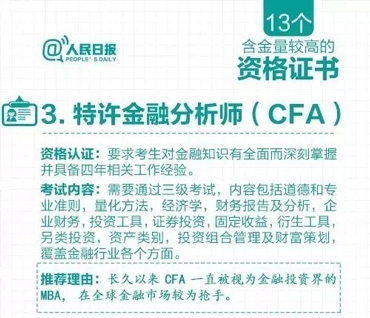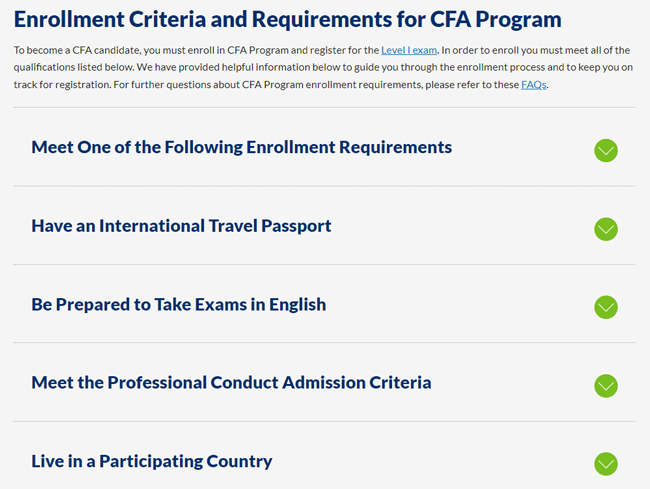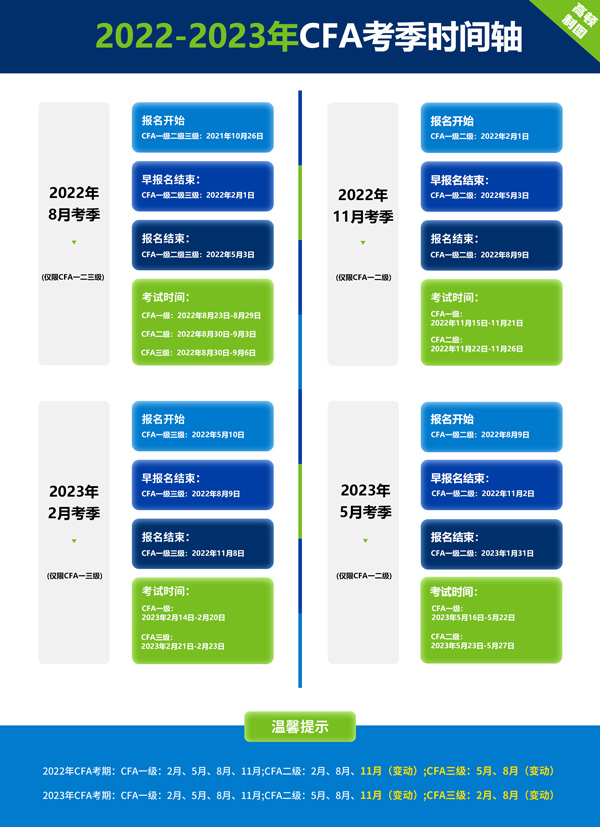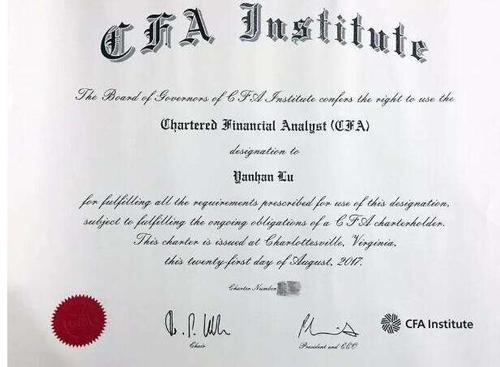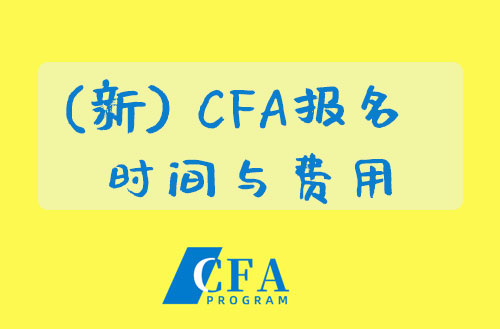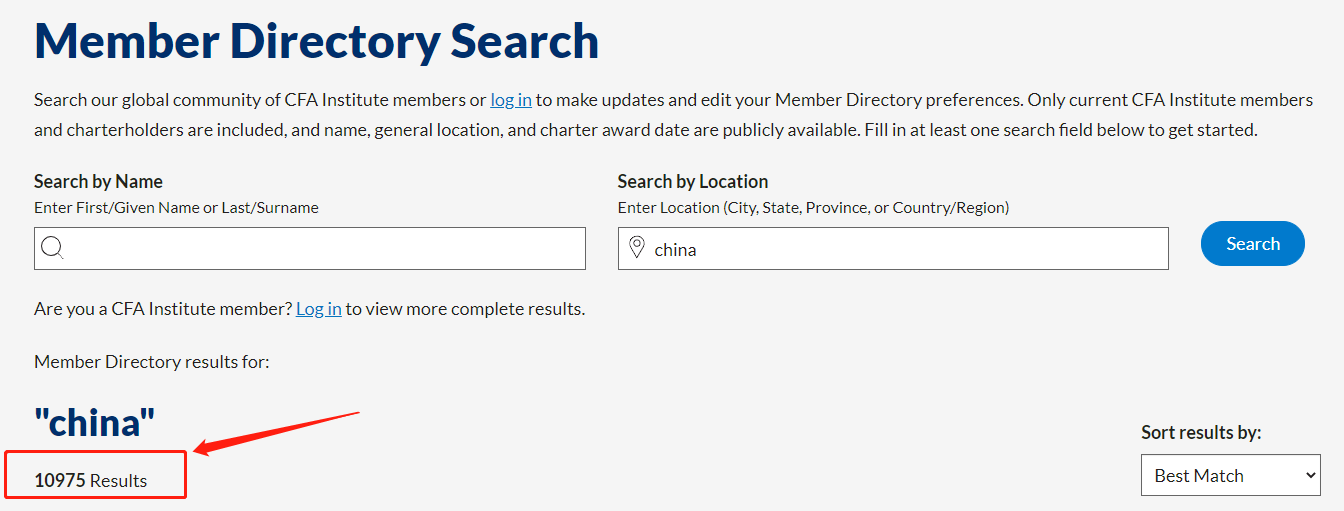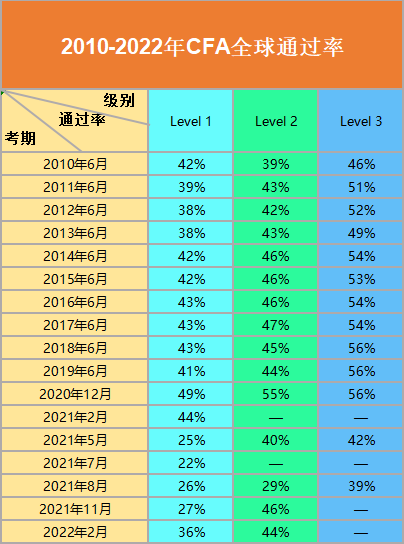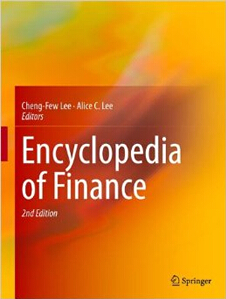
Encyclopedia of Finance. 2013. Cheng-Few Lee and Alice C. Lee.
Reviewed by Ronald L. Moy, CFA
The 2,400 definitions in the Encyclopedia of Finance, edited by Cheng-Few Lee, a distinguished professor of finance at Rutgers University, and Alice C. Lee, a vice president of finance at State Street Corporation, could stand alone as a valuable reference for both practitioners and academics. Lee and Lee, however, have taken a more ambitious approach than simply providing definitions for common finance terminology. They have also included in the volume 74 papers by well-respected academics and practitioners, as well as derivations of a number of important formulas.
New in this edition are 200 definitions, 24 papers, and four derivations, including derivations of the Modigliani–Miller propositions and the Black–Scholes option-pricing model. Lee and Lee have also added an extensive bibliography of important finance articles as well as both a subject and an author index. The bibliography covers the majority of the financial field’s most important works. Its references would have been more valuable, however, had they been organized by topic rather than alphabetically.
What sets this undertaking apart from other, similar works is the editors’ approach. Most other financial encyclopedias consist of short chapters written by experts in the topics. The short essays in those volumes provide limited detail. Lee and Lee, in contrast, offer a dictionary of finance that enables users to find a definition or formula without reading through an extended essay. Rather than make each definition an essay, the editors use the papers to allow the user to examine topics of interest in greater detail.
The papers are divided into nine areas of finance — namely, investment analysis and portfolio management, financial management and corporate finance, international finance, microstructure, asset pricing, financial institutions and markets, derivatives, real estate finance, and risk management. The papers being arranged into these categories makes it easier for practitioners to find topics of potential interest and for instructors to identify readings that they might want to incorporate into their courses. The papers range from survey articles accessible to undergraduates to more theoretical papers that could serve as supplemental readings in graduate-level courses. Approximately one-third of the papers should be easily accessible to undergraduates or to anyone seeking a basic understanding of current issues.
Several papers from the previous edition remain relevant in the wake of the recent financial crisis. Examples include “Deposit Insurance Schemes,” by James R. Barth, Cindy Lee, and Triphon Phumiwasana; “Gramm–Leach–Bliley Act: Creating a New Bank for a New Millennium,” by James R. Barth and John S. Jahera; “Credit Derivatives,” by Ren-Raw Chen and Jing-Zhi Huang; and “The Impacts of IMF Bailouts in International Debt Crises,” by Zhaohui Zhang and Khondkar E. Karim. A number of new papers in the second edition provide excellent surveys of topics of current interest—for example, “Corporate Governance: Structure and Consequences,” by Bikki Jaggi, and “Hedge Funds: Overview, Strategies, and Trends,” by John M. Longo. Savita A. Sahay’s paper “Usefulness of Cash Flow Statements” is an excellent introduction to the sometimes-forgotten financial statement. An especially relevant paper in the new edition is “A Survey Article on International Banking,” by James Winder. It provides a valuable look at trends in international banking from 1960 to the present, as well as a discussion of the 2008 financial crisis and Basel III.
Readers who wish to explore topics in greater detail and from a more quantitative perspective will profit from such papers from the previous edition as Thomas C. Chiang’s “International Parity Conditions and Market Risk” and Wayne Ferson’s “Asset Pricing Models,” “Conditional Asset Pricing,” and “Conditional Performance Evaluation.” Papers new to the second edition that offer greater depth on their topics include “Structural Credit Risk Models: Endogenous versus Exogenous Default,” by Michael Imerman; “Arbitrage Opportunity Set and the Role of Corporations,” by James Ang and Yingmei Cheng; and “Time-Series and Cross-Sectional Tests of Asset Pricing Models,” by Kyung-Jin Choi, Dongcheol Kim, and Soon-Ho Kim.
At a price of more than $600 and consisting of more than 1,000 pages, this excellent reference is targeted at university, corporate, and finance department libraries. With so much terminology to master in the increasingly complex field of finance, the Encyclopedia of Finance constitutes a valuable resource for those in need of a quick definition or formula as well as a vehicle for those wishing to dig more deeply into any of a wide range of topics.
More book reviews are available on the CFA Institute website or in the Financial Analysts Journal.




 金融书籍
金融书籍
 发布时间:2013-11-17
发布时间:2013-11-17


 复制本文链接
复制本文链接 模拟题库
模拟题库
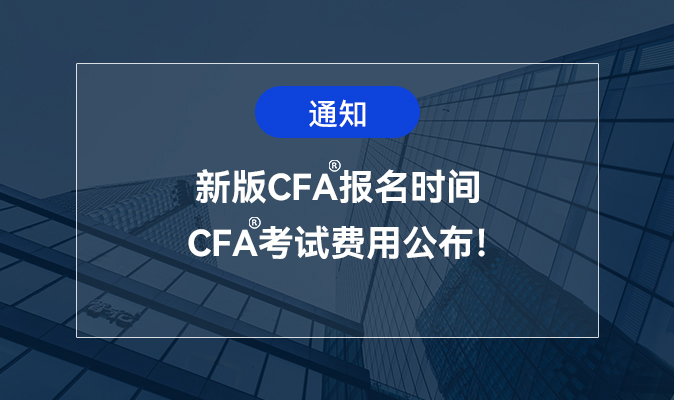
 26568
26568